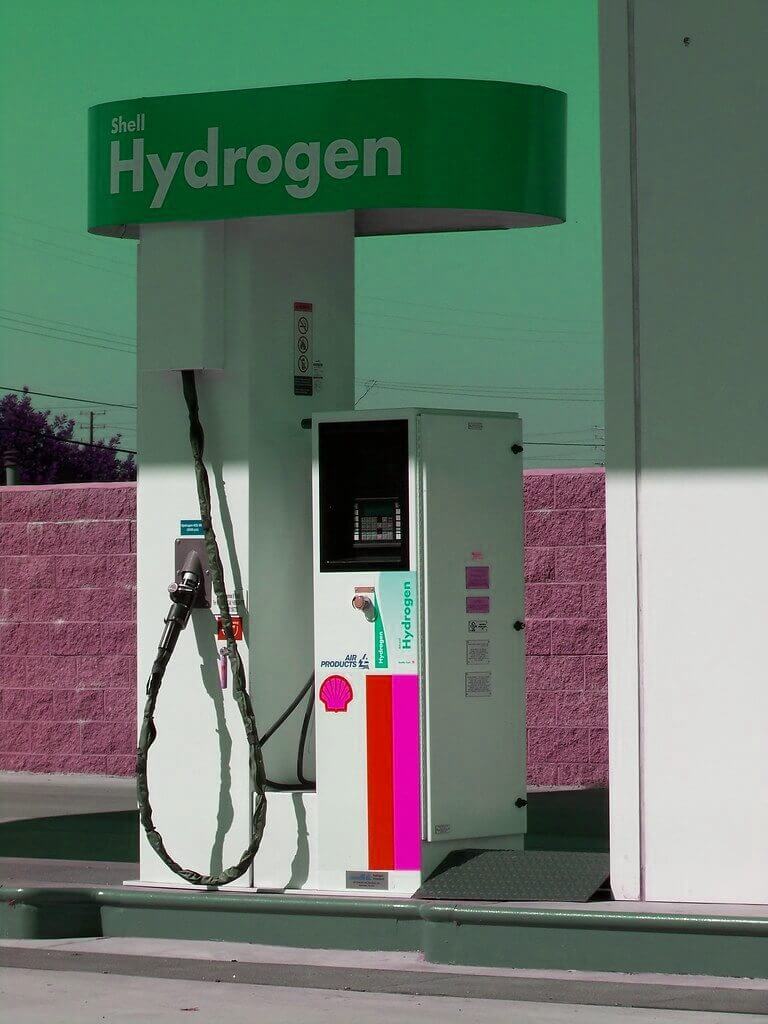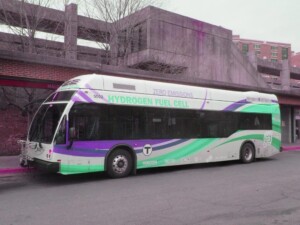Table of Contents
Hydrogen Fueling Stations – Refueling Stations
The standard system consists of, as a minimum, a high-pressure storage system, and several dispensers. Suppose the H2 is produced on-site or provided to the station at an intermediary pressure or in a liquid state. In that case, the entire system likewise needs intermediary storage and a compression system for all hydrogen fueling stations.
The tank should hold adequate hydrogen to satisfy the client’s need. Medium- and high-pressure tanks, with pressure phases of 200 to 450 bar and 800 to 1,000 bar respectively, are utilized to refuel the client car. The pressure there is high enough to refuel the lorry.
The refueling procedure ought to not surpass the target time of 3 to 5 minutes. Because the fuel cell in the car is run with pure hydrogen, no contamination with lubes must occur throughout compression.
The SAE J2601 fueling procedure intends to guarantee that a car’s hydrogen tank does not warm up above 85 ° C even throughout quick refueling.

The low-temperature level needed is typically created by a compression cooling maker and an ideal heat exchanger. Precooling includes intricacy to the station and increases its energy usage. It is developed for the pressure of the hydrogen tank, i.e., 350 or 700 bar. Another essential aspect is the interface fill level or determined amount. (Discover your present investment technique, and learn how you accept risk when dealing with investment opportunities such as hydrogen fueling stations).
When it comes to decentralized hydrogen production at the refueling station, the production idea needs to be chosen. The alternatives are a reformer for producing hydrogen from gas or an electrolyzer for producing hydrogen from electrical energy.
Alternative Fuels Data Center: Hydrogen Fueling Stations
Makers of Honda, Hyundai, and Toyota are presently providing production FCEVs for sale or lease to clients in markets where hydrogen fuel is readily available, mainly in California. With cautious preparation, the focus has been to include hydrogen fuel at existing filling stations covering areas in northern California near San Francisco and southern California near Los Angeles and San Diego, with extra port and location stations.
Efforts are underway to broaden hydrogen fueling places in Hawaii and throughout the East Coast, with other markets anticipated to establish as customer need boosts. As FCEVs’ demand grows, the business case for developing more stations with more outstanding capabilities enhances. The volume in the production of station parts will bring station expenses down. (See what real hedge fund managers are discussing day to day, including investment recommendations such as hydrogen fueling stations and other ideas).
The rollout of sturdy hydrogen trucks such as line-haul trucks will demand large stations compared to light-duty requirements. The boost in production and circulation of hydrogen for these stations might enhance costly capital devices’ performance and usage, causing lower fuel expenses per kg, benefiting both heavy and light-duty clients.
Hydrogen Cars And Trucks Vs. Electric Cars: Which Is More Sustainable?
This indicates hydrogen automobiles have qualities of both electrical automobiles and standard fuel cars and trucks. They represent a different share of the transport market, and they’re likewise called FCEVs or FCVs. Fuel cells are the primary part of hydrogen-powered automobiles. The only spin-off of the entire procedure is water and heat, as the outcome of the connection of hydrogen and oxygen atoms that forms H20 particles.

Before drawing into the last conclusions, let’s first look at each kind of lorry’s essential attributes. The variety of power stations for EVs is growing every day. There were 20,000 electrical charging stations in the United States by December 2018. According to the United States Department of Energy, a vast number compared to the less than 45 hydrogen refilling stations in the United States, most of them are in the California location. The quantity of time it requires to pump hydrogen into the tank is way more intriguing than electric vehicles.
It does not exist in its pure type in heaven World. This suggests that we must produce it out of other substances like water, gas, or other nonrenewable fuel sources, or biomass if we want to utilize it as fuel for our cars and trucks. And for this, energy must be used, and financial and ecological expenses go into the formula for hydrogen fueling stations.
The issue is that this procedure of separating H20 particles to get the hydrogen invests a high quantity of energy, making it a costly process. Suppose this energy can come from eco-friendly energy sources like the wind or the sun. In that case, the net energy cycle can get carbon low, and the procedure turns more environmentally-friendly. Another circumstance is the process’s effectiveness, which’s just 75% effective and enables 25% of electrical energy losses. (Get weekly professional investment ideas related to hydrogen fueling stations and other opportunities).
This is why the majority of today’s lot of hydrogen fuel is gotten by the procedure of gas reforming, which is less costly than electrolysis. The method of drawing out gas naturally likewise has a substantial ecological effect and can hurt communities, biodiversity, pollute waters, and trigger small earthquakes. Driving without any contaminating emissions with the plus of being rapidly refueled in 5-10 minutes compared to the best-case situation of 40 minutes charging or the most typical 3-6 hours charging in electrical automobiles is an undeniable win for the hydrogen mobility motion too.
Regardless of the advantages pointed out above, much hydrogen today is produced by methane reforming because the carbon monoxide and dioxide created in the procedure tears apart all the capacity of hydrogen-powered cars as an option to battle environmental modification. The truth that hydrogen cars and trucks imply utilizing energy two times while electrical automobiles can quickly use the grid’s power is a strong argument in favor of electrical automobiles. (Check-out the asymmetric investment ideas that lead to generational wealth by investing in hydrogen fueling stations or other assets).
When it comes to today, electric cars and trucks are more available concerning various automobiles and charging points. They consist of more effective procedures compared to hydrogen-powered automobiles. Suppose their lithium batteries are re-used to satisfy multiple ends. In that case, they resemble to remain a more sustainable option, a minimum of over the next couple of years.
Hydrogen Fueling Stations Sources:
https://hydrogeneurope.eu/refueling-stations
https://afdc.energy.gov/fuels/hydrogen_stations.html
https://youmatter.world/en/hydrogen-electric-cars-sustainability-28156

